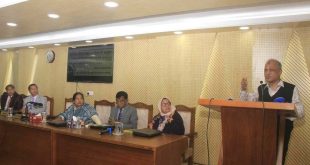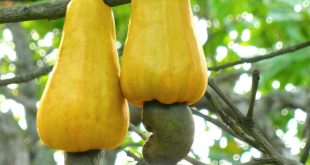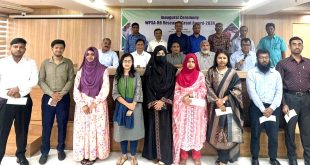Mycotoxins: A key topic in Asia
Mycotoxins that contaminate crops and animal feed have been recognised as a risk to farm animals and humans, and account for considerable economic costs to the feed and food industries. With the growing livestock and aquaculture sectors in Asia, the need to have effective mycotoxin strategies in Asia is becoming a key topic for nutritionists, veterinarians, researchers, raw material handlers and all players in the agro-food chain. According to the latest figures from Biomin, Asia shows increased prevalence of ZEN, DON and FUM as well as T-2 in the period January – March 2019, compared to the same period last year. Asia is facing threat from various mycotoxins. With 86% FUM is most abundant (average 1,947 ppb, max. 56,332 ppb), followed by DON (75%, average 452 ppb, max 9,432 ppb), ZEN (69%, 96 ppb, max 2,744 ppb) and Afla (40%, average 31 ppb, max 548 ppb). Corn and finished feed show high contamination with these mycotoxins. In South Asia, the mycotoxin risk is considered extreme. This result is mainly based on samples from India, which is most of all threatened by Afla (88%, average 20 ppb) and also FUM (86%, average 377 ppb).



Trends in mycotoxins in Asia
Over the years, the contamination levels in Asia has been changing. Afla and ZEN contamination levels have been increasing in the last year. The shift in the composition of the mycotoxin threat is noticeable when comparing data sets over the years. Additionally, the co-contamination of mycotoxins is a considerable point that should be kept in mind. These data underscore the importance of monitoring mycotoxin contamination, as mycotoxin occurrence varies in different regions.
Continous monitoring in South Korea
Recent research from Korea also shows the importance of mycotoxin control in Asian countries. In this study, DON contamination was measured in 494 compound feed samples comprising 174 cattle feeds, 160 pig feeds, and 160 poultry feeds that were collected in 2009 and then every two years from 2010, 2012, 2014 and 2016. DON was detected in 95.3% of all of the compound feed samples with a range of 0.4 to 2,420.0 µg/kg. DON was analysed in 97.7% of cattle feeds, 93.1% of pig feeds, and 95.0% of poultry feeds. In the case of cattle and poultry feeds, the maximum contamination level was 2,420.0 µg/kg and 1175.2 µg/kg, respectively. No sample exceeded the EU commission levels (5,000 µg/kg for other feeds except calf and pig feeds). However, among pig feeds, 2 compound feeds including gestating sow feeds in 2009 (1566.0 µg/kg) and 2010 (1128.8 µg/kg) exceeded the EC guidance value (900 µg/kg for pig feeds). The good news is that there was a significant difference in the mean contamination level of DON in compound feed and feed ingredients over time in Korea that indicated a decreasing trend. This is mainly due to the continuous monitoring of Fusarium mycotoxins in feeds for many years and to the designation of guidance values for Fusarium mycotoxins since 2015.
 Agrinews24 কৃষির সাথে, কৃষকের পাশে
Agrinews24 কৃষির সাথে, কৃষকের পাশে





















